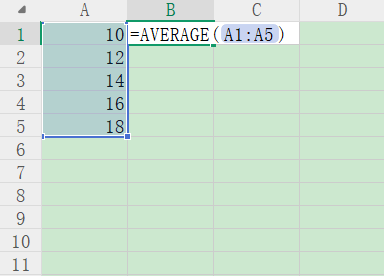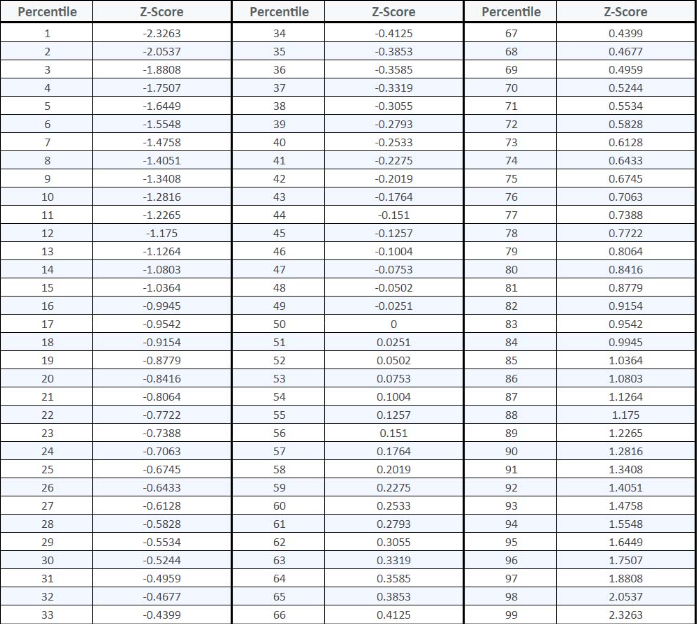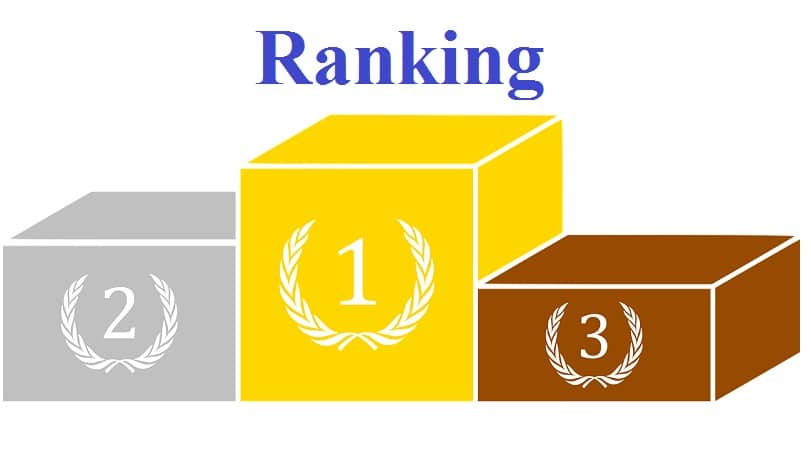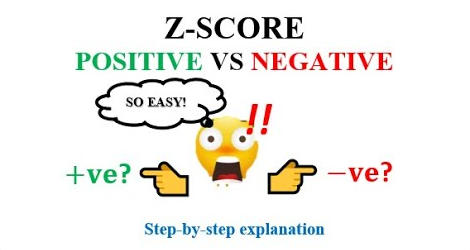Z-scores trip up a lot of people, especially when it comes to figuring out what negative values actually mean. Let's clear that up, once and for all.
This question comes up all the time. Not only can Z-scores be negative, but those negative values are actually pretty important. The sign just tells you where your data point sits compared to the average.
Here's the formula: \(Z = \frac{X - \mu}{\sigma}\)
If your number (X) is higher than the mean (μ), your Z-score's positive. If it's lower, you get a negative Z-score. If you're right on the average, the Z-score is zero. Simple as that.
It's pretty direct: a negative Z-score means your data point is below the average for whatever group you're looking at.
How far below? That's where the value matters. If your Z-score is just a little negative, like -0.5, you're a bit below average—nothing dramatic. But if it's something like -2.0, you're way below the mean. That could be a red flag or something that needs a closer look.
Let's bring it down to earth. Imagine a class where the average score is 70 out of 100. If you scored 85, your Z-score's positive—you beat the average. If you scored 60, your Z-score's negative. That number instantly shows you didn't hit the class average.
Negative Z-scores aren't rare—they're actually everywhere. Here's when you'll see them:
★Your data point is just naturally lower than average. In any big group, about half the values are under the mean. If you're shorter than the average height in a group, your Z-score for height is negative. Nothing unusual about that.
★You're being compared to a tough crowd. If you're an average runner but you're being measured against Olympic athletes, your Z-score will be negative. It's all about who you're up against.
★You've got an outlier on the low end. If a value is way, way below the mean—say, Z < -3—that's a big negative Z-score. In quality control, that might flag a defective product. In finance, it could signal a bad loss.
Context is everything. In school, a Z-score of -1.0 could mean you need some extra help. In business, if your sales Z-score is negative month after month, that's a sign to dig in and figure out what's going wrong. In sports, a negative Z-score on a fitness test might point to an area that needs training.
Remember, a Z-score just tells you where you stand compared to the average. It doesn't explain why. Once you spot a meaningful negative Z-score, look deeper to understand what's causing it.
Can a Z-score be negative? Of course—and it happens all the time.
What does it mean? Your data point is below average.
When does it happen? Any time your value is less than the mean.
Getting comfortable with negative Z-scores is key if you want to really understand your data. If you want to crunch your own numbers, try out our online Z-Score Calculator.










